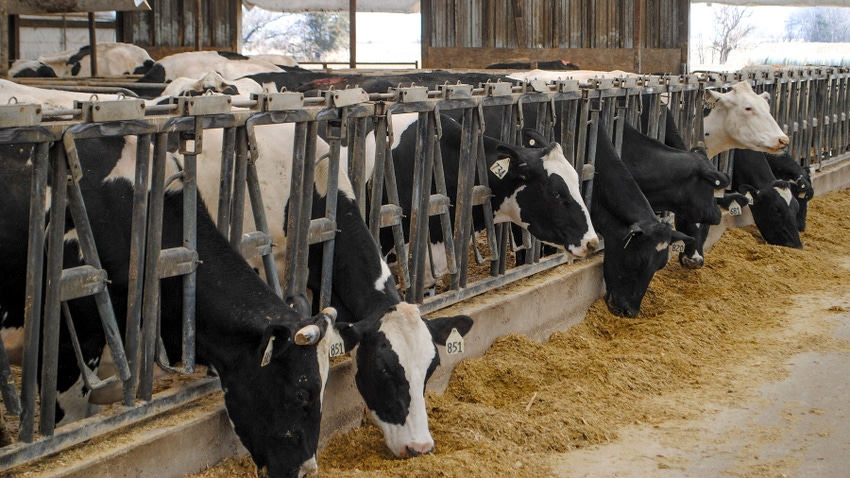May 9, 2023

by Doug Temme
It doesn’t seem like it has been 30-plus years since my LEAD experience. Reflecting back this winter, when I was honored to be the 2023 Outstanding LEAD alumni, it was amazing to see how being a LEAD fellow helped open the door to many opportunities.
The past 30 years have also brought many changes in the dairy industry. In the past, a cow producing 22,000 pounds per lactation was the top cow in the state. Today, the top dairies in Nebraska average more than 30,000 pounds per cow in herds with hundreds of cows.
The improvements in milk per cow have come from several areas. The advent of genomic-testing the bull studs has shortened the time required to bring the best new bulls to market and sped up genetic advancement.
Another is animal nutrition. Whether you are buying or growing your own feed, you strive for the best. We work with nutritionists that sample and test the feedstuffs. They can formulate the proper diets for all stages of lactation and ages of animals to promote optimum growth, health and production.
The third area of change is animal health. We have gone from calling a veterinarian when we had a problem to having regularly scheduled visits to try to eliminate problems before they happen.
The final area is improving cow comfort and well-being. Barns today are well ventilated and strive to keep the cow comfortable, clean and healthy. These changes, along with teaching the proper handling and care for the animals, reduces cow stress as much as possible.
What has changed?
Robotic milking and feeding equipment are now up and running at several dairies in the state. Older barns were designed to allow dairy farmers to get a milking done in three hours or less, so we could get the other farm work done before milking again that evening. Some dairies are now milking almost around the clock, only stopping between shifts to wash and sanitize milking equipment.
The dairy industry in Nebraska has seen a reduction in the number of dairies, from more than 3,000 in the early 1980s to just under a hundred today. Cow numbers have dropped from 80,000 to 60,000, but with the increases in cow productivity, we are producing more milk than we did in the past.
Today with fewer producers, everyone in the industry needs to be able to speak and teach others about dairy farming. This is where LEAD has helped me. I learned how to do interviews with the press without putting my foot in my mouth.
We learned about the workings of government at all levels — whether local, state or national — and what to expect if you were on a lobbying trip. The international study tour prepared me for what it is like to travel to other countries. This was valuable when I was able to travel on a trade mission.
I think one of the best things about LEAD is that you learn about all of Nebraska agriculture. The opportunity to make friends from across the state and different segments of agriculture is invaluable. This can become important when you go to lobby on an issue, and you have opposing viewpoints. Having some knowledge of others makes it is easier to come to a compromise that both sides can live with.
LEAD is a program I would encourage everyone to consider. I have had the opportunity to serve on national and state boards in both the dairy and the beef industries, including current positions on the corporate board for AMPI as well as membership on the Nebraska Beef Council. My LEAD experience has helped me give back to my community of Wayne, Neb., through local activities as well.
Temme is a graduate of LEAD 10.
You May Also Like




